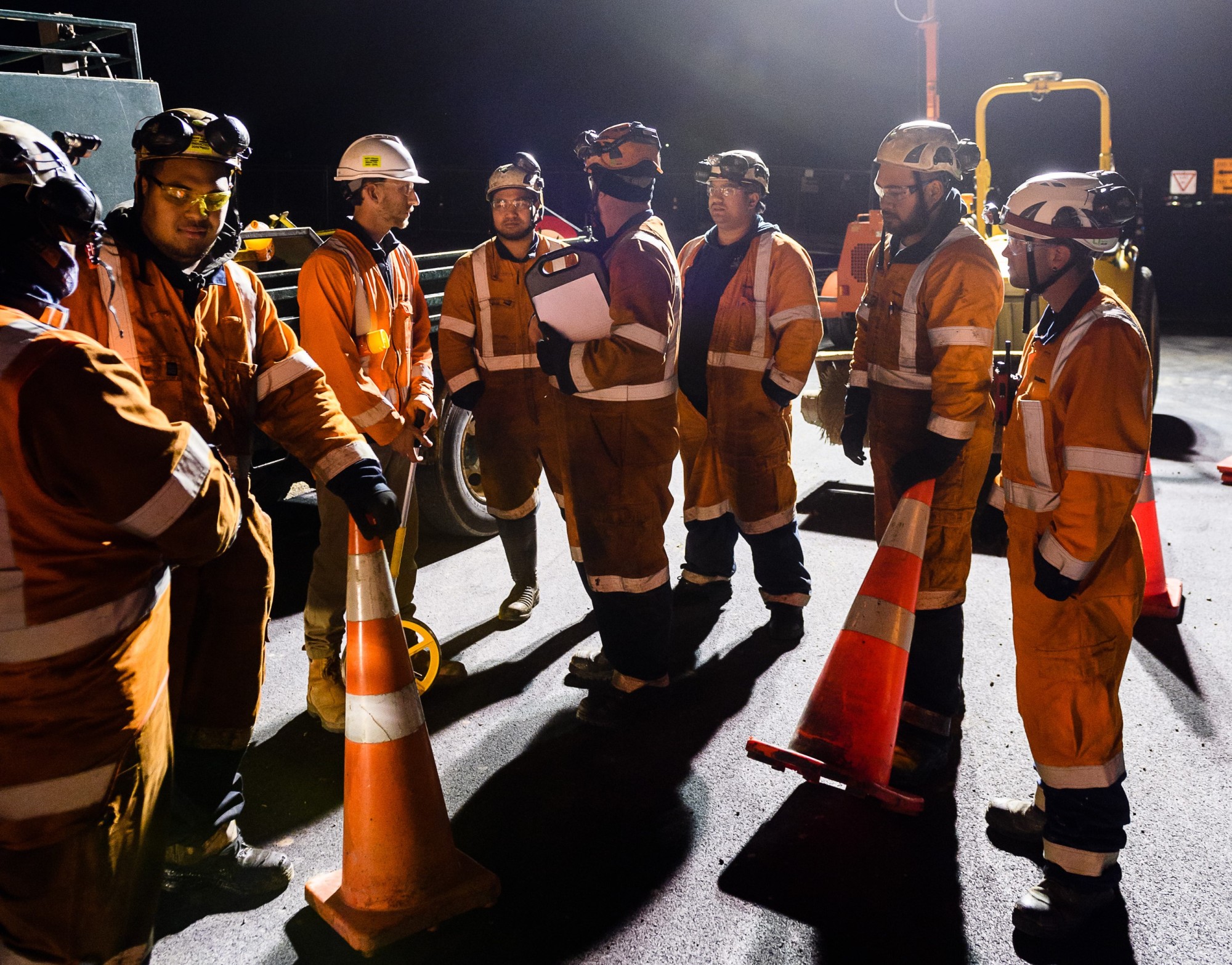NZTA update: What is NZTA doing to roll out the risk-based approach to TTM?
Following the release of the draft 2024 Government Policy Statement (GPS) we know that driving efficient and effective TTM on the state highway and local road networks will be a key focus.
In response, NZTA is moving at pace to progress the transition from CoPTTM to the new risk-based guidance on our state highway network. Work is underway with our suppliers Downer NZ, Fulton Hogan, HEB and Higgins to pilot aspects of the new risk-based approach to TTM at four locations on our state highway network:
- Northland - Fulton Hogan
- Horowhenua Manawatū - Higgins
- Marlborough Roads - HEB/Fulton Hogan joint venture
- North Canterbury - Downer NZ
Our Journey Managers and Maintenance Contract Managers are working closely with our contractors to test different work activities like cyclic maintenance activities, emergency response and processes with the aim of adopting the NZGTTM as their standard approach over the coming months. We are also applying the risk-based approach to TTM decision-making to two capital works programmes in Wellington. So far, we’ve learnt that we need to continue to practice the cycle of testing, learning and adapting. Transitioning to the new risk-based TTM decision making and planning is new for NZTA as well as for the TTM sector. It will take time to adapt and the key focus is to continue to test and learn from what we do well and from what we need to improve.
I’m frequently asked: “What is the transition timeline and actions NZTA is taking to roll out the risk-based approach?” “How exactly is NZTA implementing the NZGTTM?” “What is the NZTA plan to transition to the NZGTTM?”
We’re taking an iterative approach and our NZTA transition will be phased over a period of time. I’ve outlined some key actions and timelines in this update, but we still have lots to learn to inform our planning of how roll out the new approach on a national scale across the state highway network. When we know more specifics, we will share these with the sector.
We’ll share what we learn from the pilots and testing of the NZGTTM with other Road Controlling Authorities (RCAs) and the TTM sector via the TTM industry steering group (TTM ISG). Locally, NZTA is also working directly with Auckland Transport to share what we learn from our pilots help make TTM more efficient and effective on both state highways and local roads.
If you have questions about the risk-based approach to TTM, what the transition means for you and your organisation and how to get started then I strongly encourage you to attend one of the TTM roadshows being led by the TTM ISG and taking place across the country until September. You’ll have the opportunity to ask your questions to experts as well as hear from the TTM industry steering group about how they plan to support the sector.
I’m also frequently asked: “Do I have to apply the NZGTTM or COPTTM?”
No. NZTA is in the process of apply the NZGTTM, which aligns with the Health, Safety at Work Act 2015 (HSWA 2015) on our state highway network. The only mandatory H&S requirements are HSWA 2015 and the applicable parts of WorkSafe’s Good Practice Guidelines. WorkSafe will not consider what guide you used - it will consider how PCBUs have identified and managed their risks.
NZTA is playing a support role to the TTM industry steering group to redevelop the wider sector’s training requirements. While the new risk-based guidance is available for the TTM sector to use, it represents a big shift in skills and capability. The industry-led working group has proposed a new national training and competency framework which will see all major training move to new standards endorsed by NZQA − these will be independent of NZTA. This will create an uplift in skills that the TTM sector needs to support the shift to risk-based TTM.
We’re updating our contracts to ensure a consistent national approach to risk-based TTM planning, set up, maintenance and monitoring across our network. We’re starting to apply the new approach to new capital contracts from May 2024. We expect Maintenance and Operations contracts to transition from September 2025.
NZTA is also launching a new state highway assurance programme to replace the current CoPTTM audit programme − this will be trialled over winter 2024 and launched from September 2024 in time for the 2024/25 summer maintenance season. We’ll share what we learn with other RCAs and the TTM industry steering group so that the whole TTM sector can benefit from this new approach.
Lastly, reporting key cost and performance metrics to show efficiency in the way NZTA delivers projects is a clear expectation by the government. The draft GPS directs us (and all other RCAs) to start reporting their TTM costs, the first report will be due at the start of October. We’re working closely with all of our TTM suppliers and contractors to gather 3 historical years of cost data and will soon issue a Notice to Contractors setting out the new reporting requirements for our network.
Vanessa Browne National Manager Programmes & Standards, NZTA


